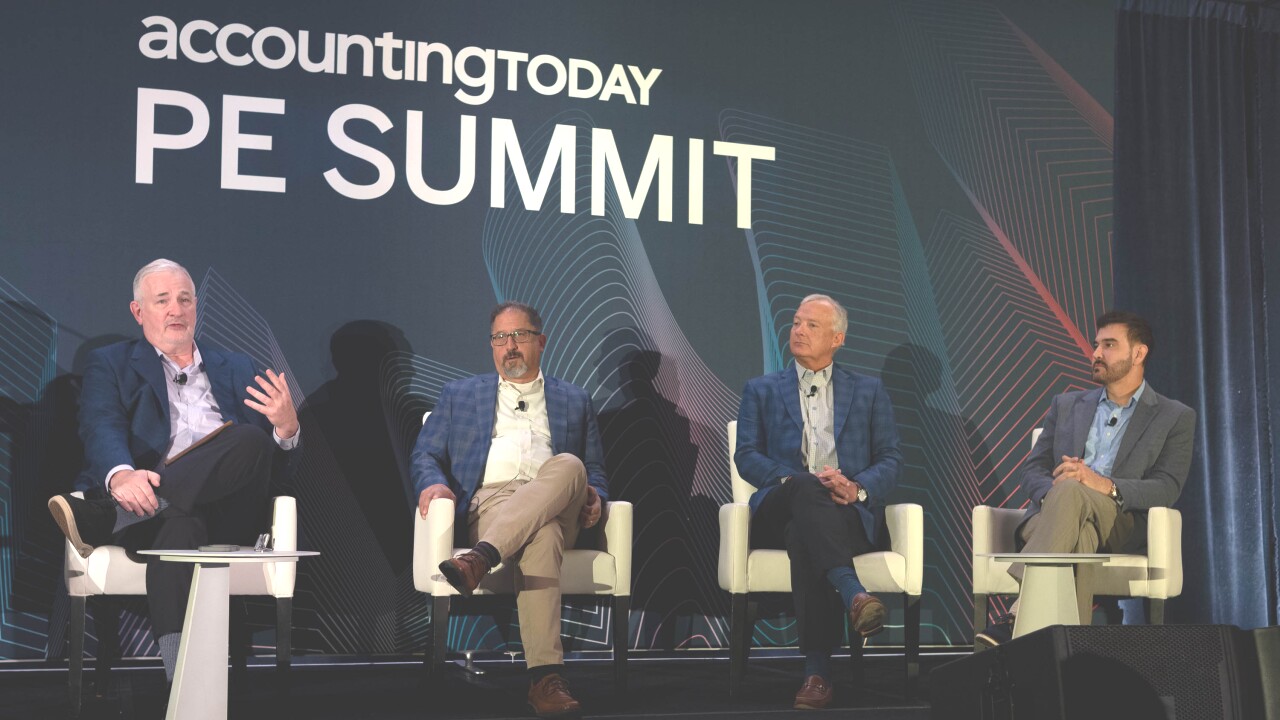"Damn it, Jim! I'm a sole practitioner, not a multi-office, multi-regional practice with an MIS staff." So might be the words of Star Trek’s Dr. McCoy in the episode, "The Search for the Enterprise."
Somewhere along the way in the travels of the accounting software mid-market, the enterprise has been lost--witness the simultaneous name changes on the part of both Microsoft Business Solutions and Best Software. Best Software took its oft-renamed upper-end package, most recently the Best Enterprise Suite, and re-titled it MAS 500. MBS took the Dynamics and eEnterprise (Any elimination of an "e" name should be applauded) lines and rolled them into the title, Great Plains Edition. While all of the name changes were sensible--they extend established brands--this leaves the new QuickBooks Enterprise Solution, really a low-end mid-market package, to carry on the Enterprise name in this space. Very anomalous.
What happened? There were certainly expectations that mid-market suppliers would move into the lower end of the enterprise software market and that resellers would sell increasingly more complex and more expensive systems. Yet at Stampede, MBS president Doug Burgum was emphatic in saying MBS won’t go further upstream and the company’s positioning chart showed Navision, Great Plains, Solomon, and Axapta, all occupying the some space.
Best suspects that Microsoft isn’t being candid. Many observers think that Axapta is suited to carry the attack into the enterprise reaches and that Microsoft may be trying to avoid riling its European allies. It is rather difficult to conceive of Microsoft’s not wanting to take over a market.
But Best president Ron Verni says that these companies thought there was a low-end enterprise market that blended with the top of the mid-market, a market which really does not exist, hence the retrenchment. However, there may also be a structural reason that Burgum touched on when he talked about going as far upstream as resellers will take MBS.
It’s long been gospel that the enterprise players have a difficult time coming downstream because their products are too expensive for the mid-market and their model does not work in the reseller channel because of their cost structure. It looks like it works the other way: resellers cannot go upstream because as the cost of an installation rises, enterprises want contact with the vendor, not with a local reseller.
It’s almost as if the boundary between enterprise and mid-market is an impermeable membrane and neither side can exert the osmotic pressure needed to move one direction or the other.
The solution would seem to be a hybrid model, which most vendors have to a certain extent. These can work, provided there is proper incentive for reseller partners and direct sales force. They also probably require some kind of branding distinction between upper and lower-end products.
But this issue will not go away, because if any competitor can produce a product line that offers a common architecture from bottom to top, then the distinction between sales channels will become more important than product feature sets.





